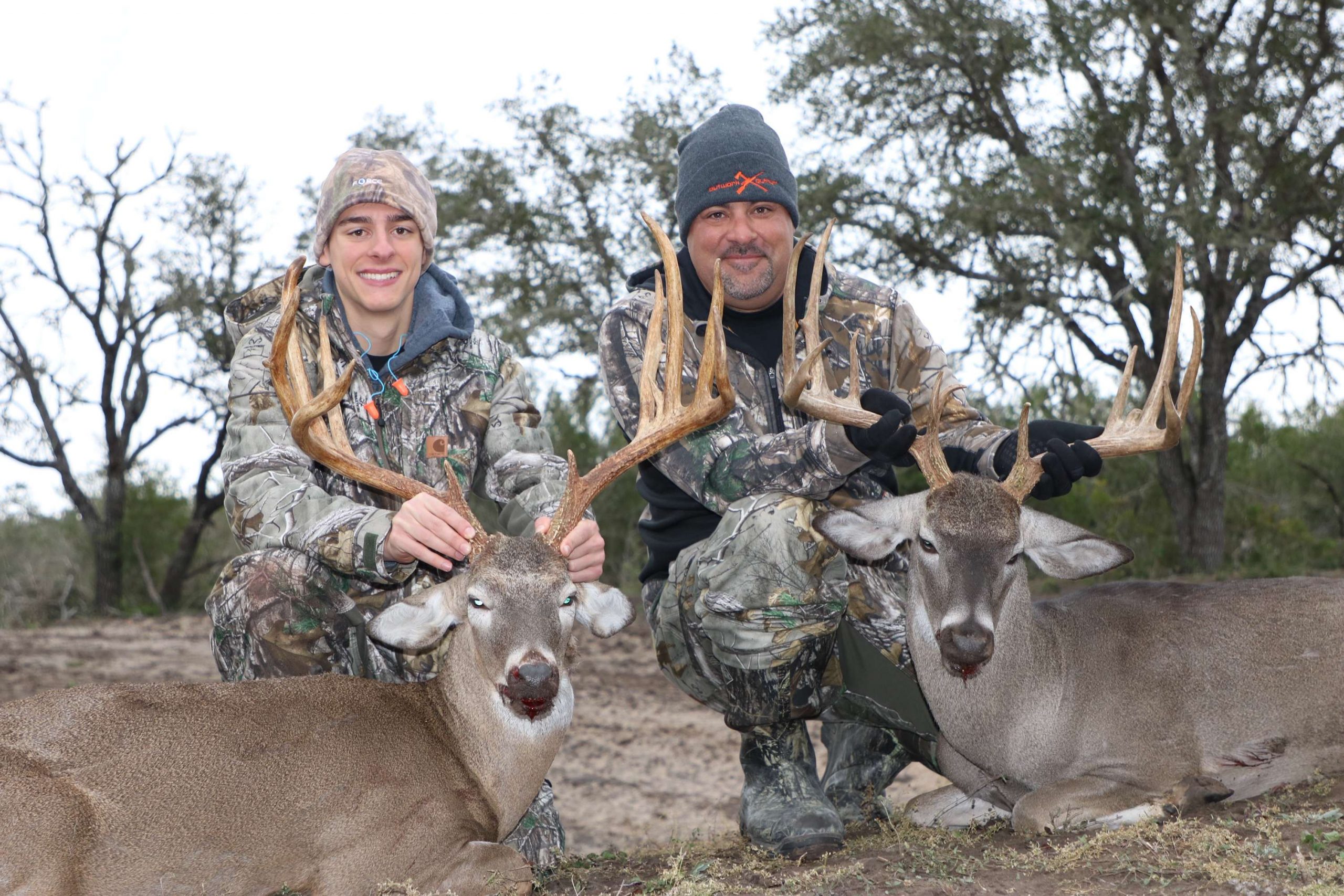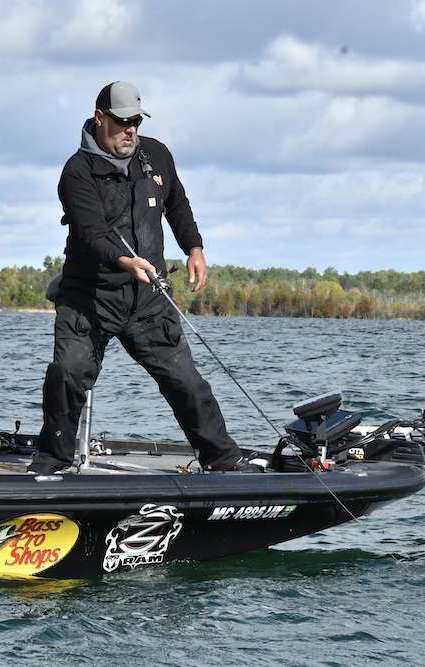
I’m a hard-core hunter. I’m probably not great at it, but I think I do all the right stuff. I spend time in the woods scouting, run trail cameras and prepare properly for the season.
But here’s the bigger problem I have. Inevitably, when the weather gets right for deer to move, those are the same conditions that make big fish bite in the fall.
I can’t tell you how many days I’ve spent in the tree stand asking myself what I’m doing there and why I’m not on the lake.
So yeah, I’m a fall fishing addict.
However, I’ve never been a fan of early fall fishing because the fish are scattered in shallow, mid-depth and deep areas of the lake. It’s hard to get on a big fish pattern.
When the nights start getting into the 30s and 40s and fall fades quickly, those bass will get in their wintering holes and squat down with their friends.
Some of my best fishing experiences have occurred when the water temperature dips below 50 degrees here in Michigan. The fish group up, feed heavily and are less inclined to roam around.
Wintering holes can be different from lake to lake. They are deeper areas and generally offer a large forage base and quick access to shallow water.
Another key element I’m looking for in a prime wintering hole is the last of living plant life. If there is no grass, I look for rock, deep wood, brush piles and anything else that attracts bait and bass.
To be honest, some of my best wintering holes were found by watching panfishermen during the late season. On our lakes, bass like to live where the perch, bluegill and crappie school.
Otherwise, I live behind the wheel of my Nitro. Graphing constantly is a terribly boring way to spend your day on the water, but my Humminbird graphs are my eyes.
And that’s not a sales pitch. I can find exactly what I’m looking for by starring at the graph for hours as opposed to aimlessly casting. When I see cover, bait and lots of big marks, I know I’ve hit the jackpot.
That’s because a good wintering hole can hold a massive population of bass; not five or 10 but hundreds because there is no longer a reason for them to be shallow.
Another fun fact about fishing this time of year is you don’t have to process through your tacklebox to determine what they will bite. The lure selection is very small, ranging from a blade bait to a small swimbait or an old-school grub on a jighead. The fish don’t have a big strike zone, and those baits stay in their wheelhouse longer.
That doesn’t mean it’s always easy. You must remember that the really late fall fishing window is small. Rarely do the fish feed the entire day. The windows of opportunity may last only 15 to 30 minutes and no more than two or three times during a day.
But dude, when it happens, it’s epic.
When you’re sitting in a tree stand this fall and thinking about how nice fishing might be that day, remember there is a true gold mine to be found on your favorite bass lake.
You just have to get out there and do it.





